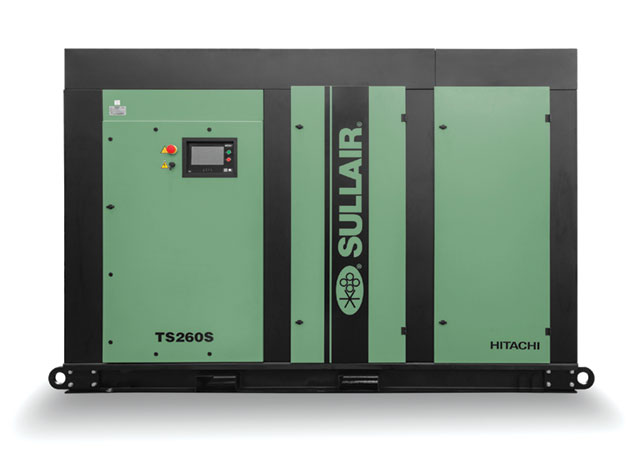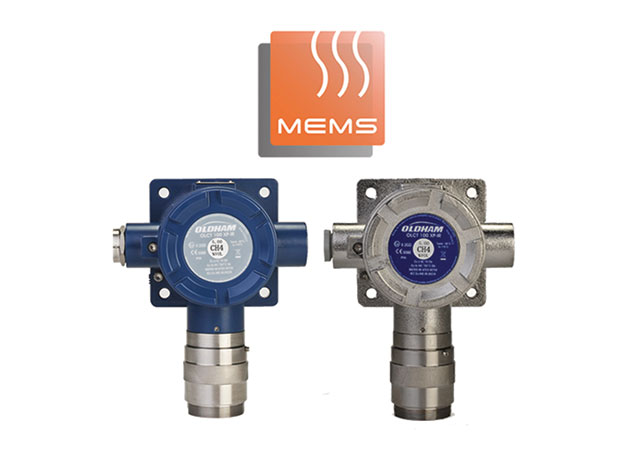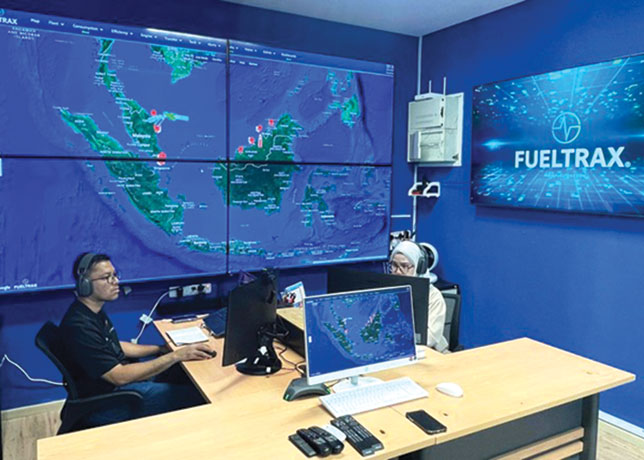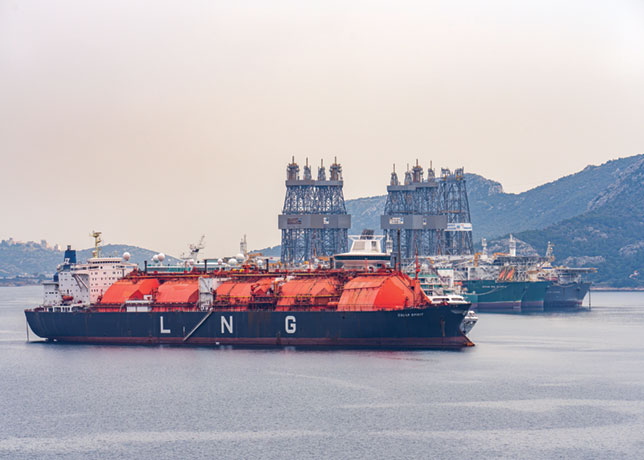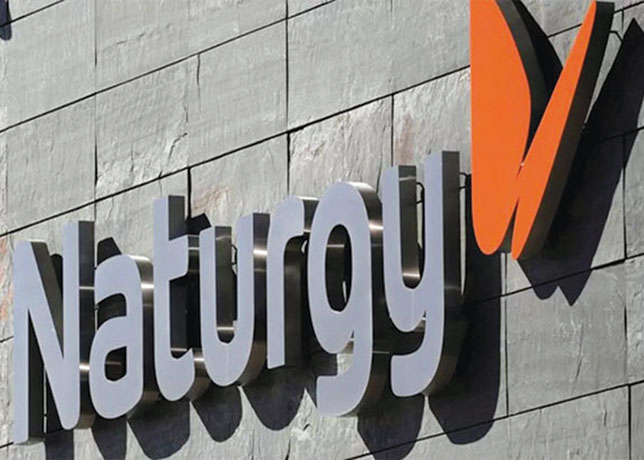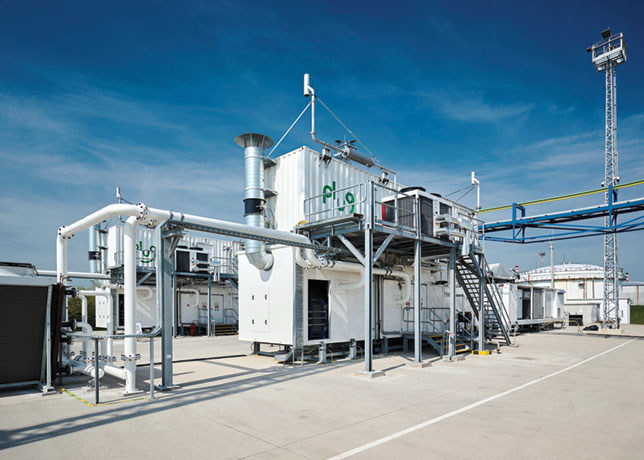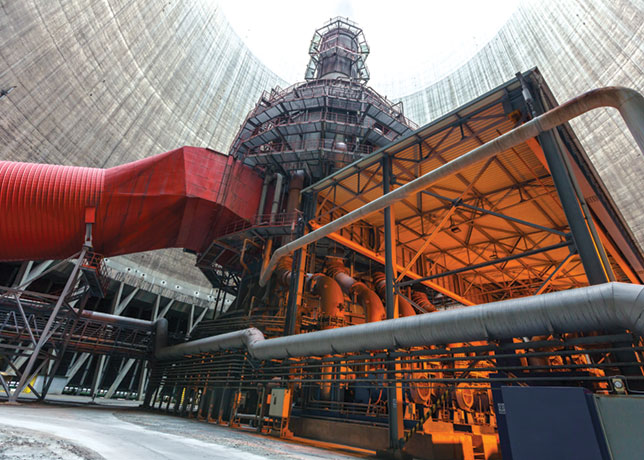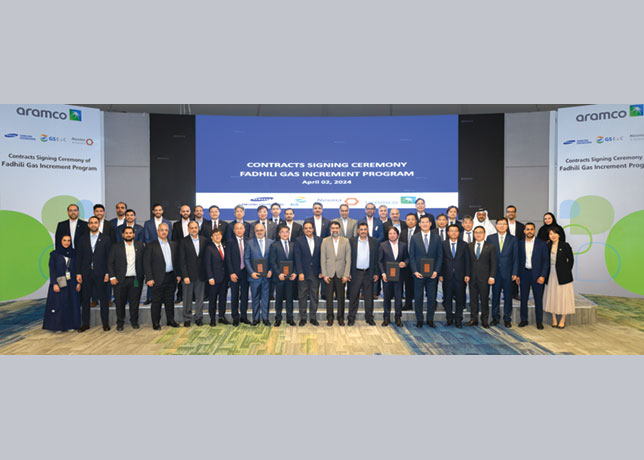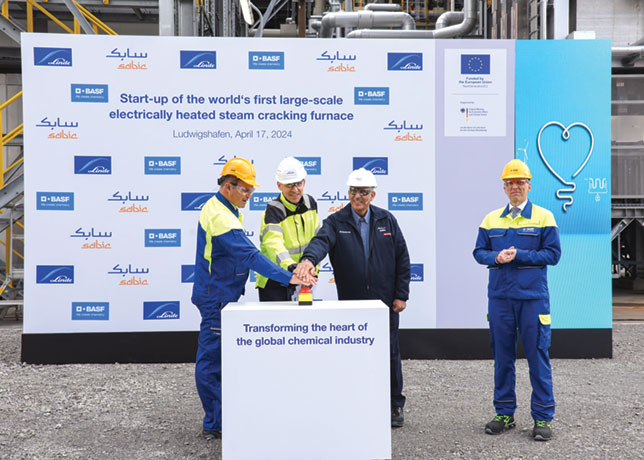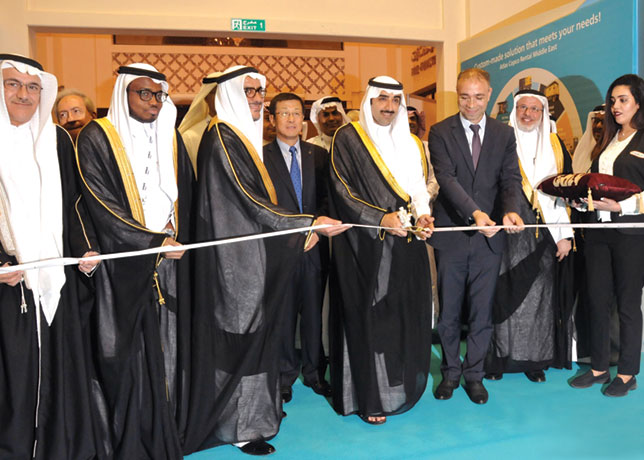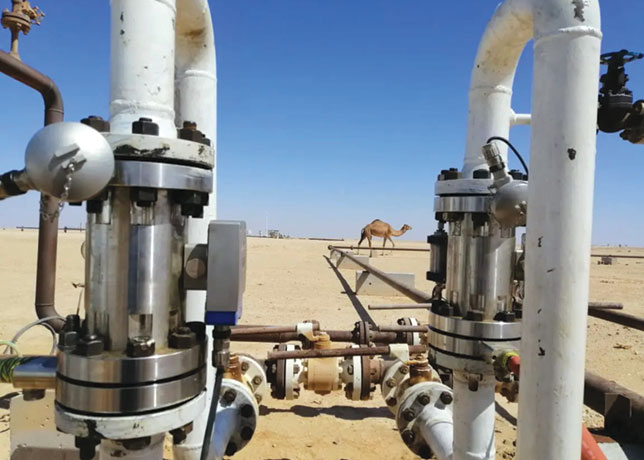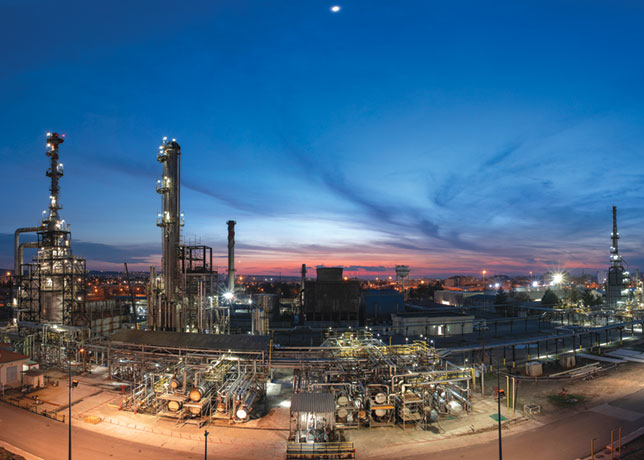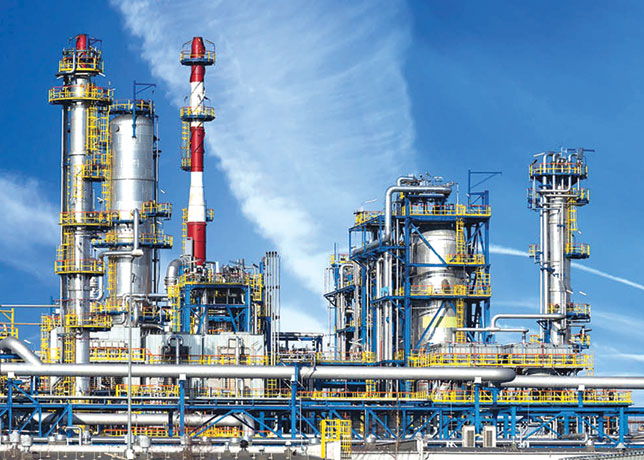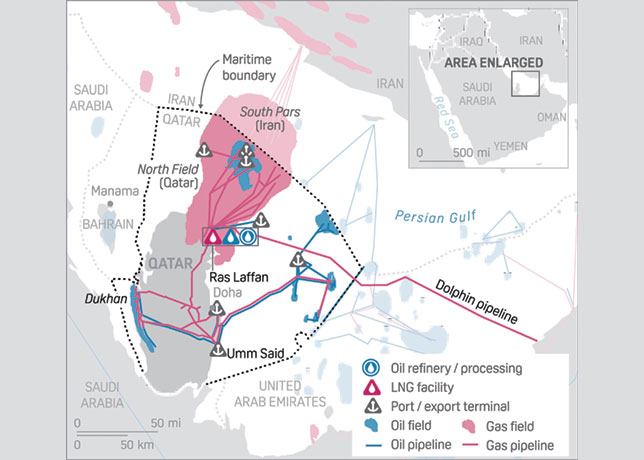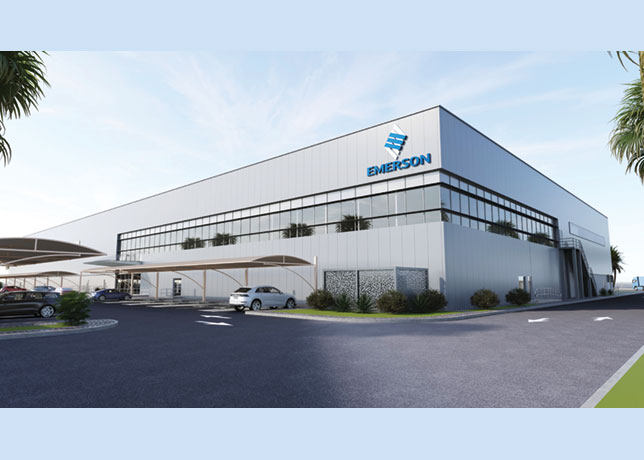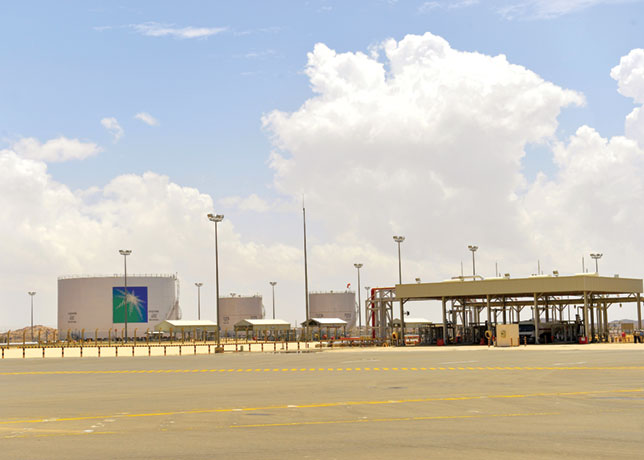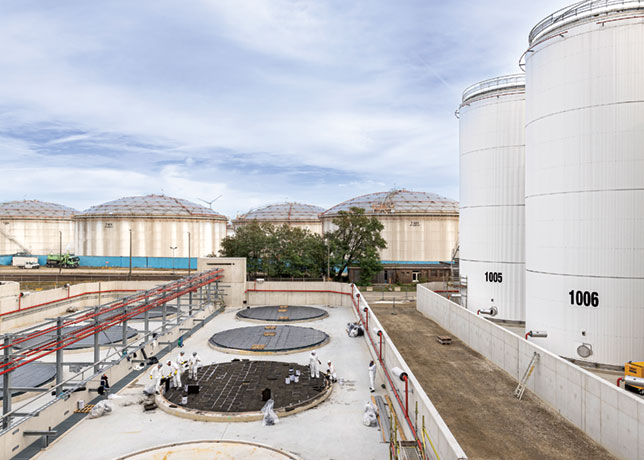
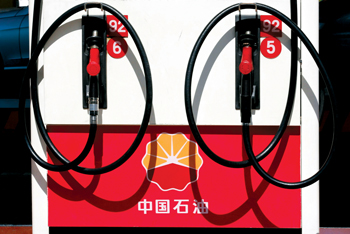 PetroChina ... heaping up oil cargo
PetroChina ... heaping up oil cargo
Chinaoil, the trading arm of state-controlled giant PetroChina, bought a record 55 cargoes in the Middle East crude market in April, beating its previous high of 47 in October last year.
These cargoes were bought in the Platts window, the physical trading platform that allows buyers and sellers to match cargoes at the close of the trading day, while contributing to the market’s price discovery process.
While many cargoes are traded outside of the Platts window, it’s the place to go if you want to be seen to be active in the market, and the strong buying by Chinaoil suggests they want the visibility and influence their heavy trading is bringing.
When Chinaoil snapped up 47 cargoes in October for December delivery, the market buzz was that the trader wanted the physical oil to help fill strategic storage in China, while at the same time taking advantage of the movement in prices sparked by the buying spree to profit from offsetting paper trades. This time round, it’s perhaps harder to see a clear motivation, especially since Chinaoil this month sold some of the cargoes it had purchased in April.
One line of thought is that the trader has been happy to see higher premiums for physical oil as it plays arbitrage with the paper market, another is that it is part of efforts to shuffle profits between different parts of PetroChina.
With weak crude prices, the upstream part of PetroChina will most likely have seen margins come under pressure, while the downstream refining and retail operations will have experienced rising profits.
Refining margins in Singapore, the regional benchmark, have strengthened in recent weeks, and were at $9.36 a barrel, higher than the $8.45 15-day moving average and well above the $6.56 365-day moving average.
Chinaoil’s buying may help cut some of the profit from refining by making the crude bought by the downstream part of the company from the trading arm more expensive.








